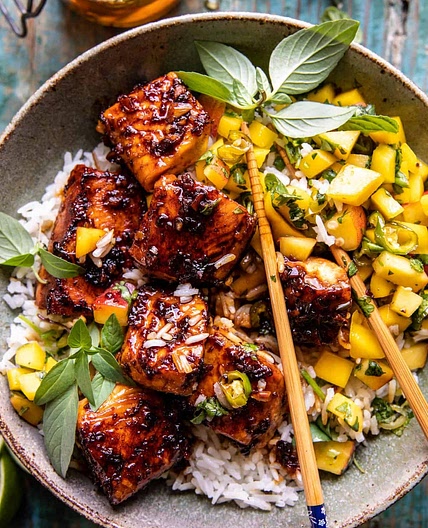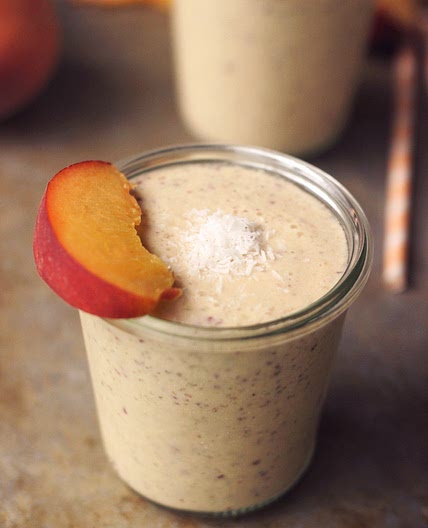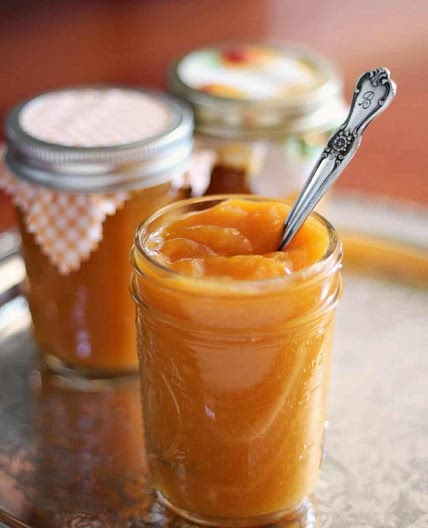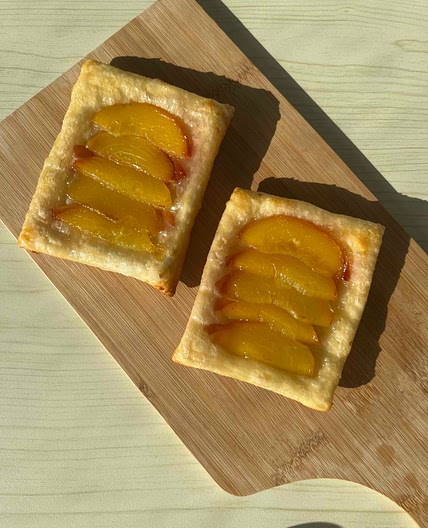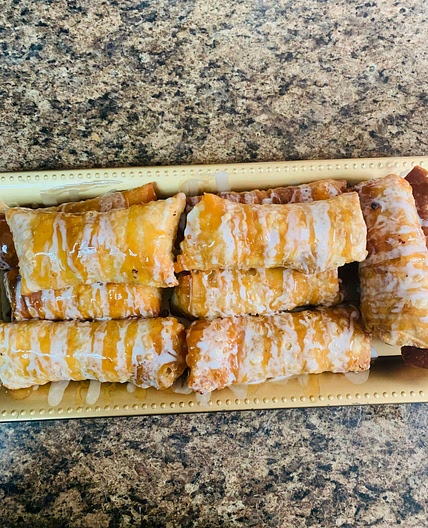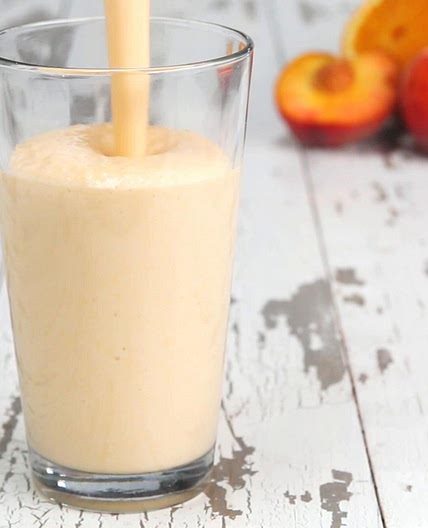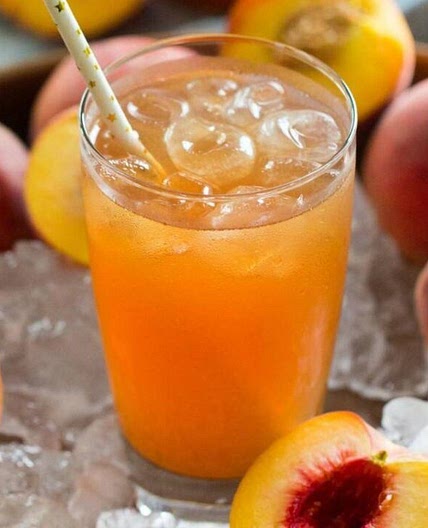Peach
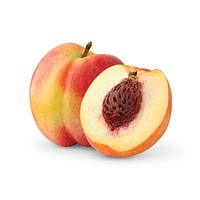 Fridge
FridgeFuzzy, sweet, and juicy-peaches are a delicious summer fruit. Originating in China, peaches are drupes, also known as “stone” fruits, due to the pit or “stone” in their center. Other stone fruits include plums, apricots, mangoes, and cherries, among others. There are two types of stone fruits: clingstones and freestones. Peaches are most often freestones since their flesh is easily separated from their center stone. Peaches have a fuzzy, velvety skin with a soft, juicy flesh that’s bursting with sweetness. It is an excellent fruit to be eaten on its own or used to make popular desserts like peach cobbler. Aside from their tastiness, peaches are rich in nutrients and packed with vitamins, minerals, and antioxidants including vitamin C, vitamin A, and potassium. With 2 grams of fiber per medium-sized peach, eating peaches may also help aid digestion and promote a healthy gut. Plus, this delicious fruit only has about 50 calories, making it the perfect snack. Two of the most common peach varieties are yellow and white peaches. Yellow peaches are sweet with a bit of tartness, whereas white peaches are even sweeter due to their lower acid content. Both can be used interchangeably in recipes—it just depends on your preference! When choosing peaches at the grocery store, look for peaches that are firm but slightly soft and have a sweet smell. Peaches will continue to ripen after they’re picked. A ripe peach will give slightly when pressed. Ripe peaches will stay good for about a week at room temperature. If you aren’t planning to eat them within a few days, it’s best to store them in the refrigerator to prevent them from over-ripening.
Peach nutrition and vitamin info per 100g
| Energy | 39 | kcal |
| Total Fat | 0.25 | g |
| Carbohydrate Total | 9.539999961853027 | g |
| Sugars | 8.390000343322754 | g |
| Protein | 0.9100000262260437 | g |
| Sodium | 0 | mg |
| Fiber | 1.5 | g |
993 recipes to cook with Peach
Peach substitutes
- Regular substitute

